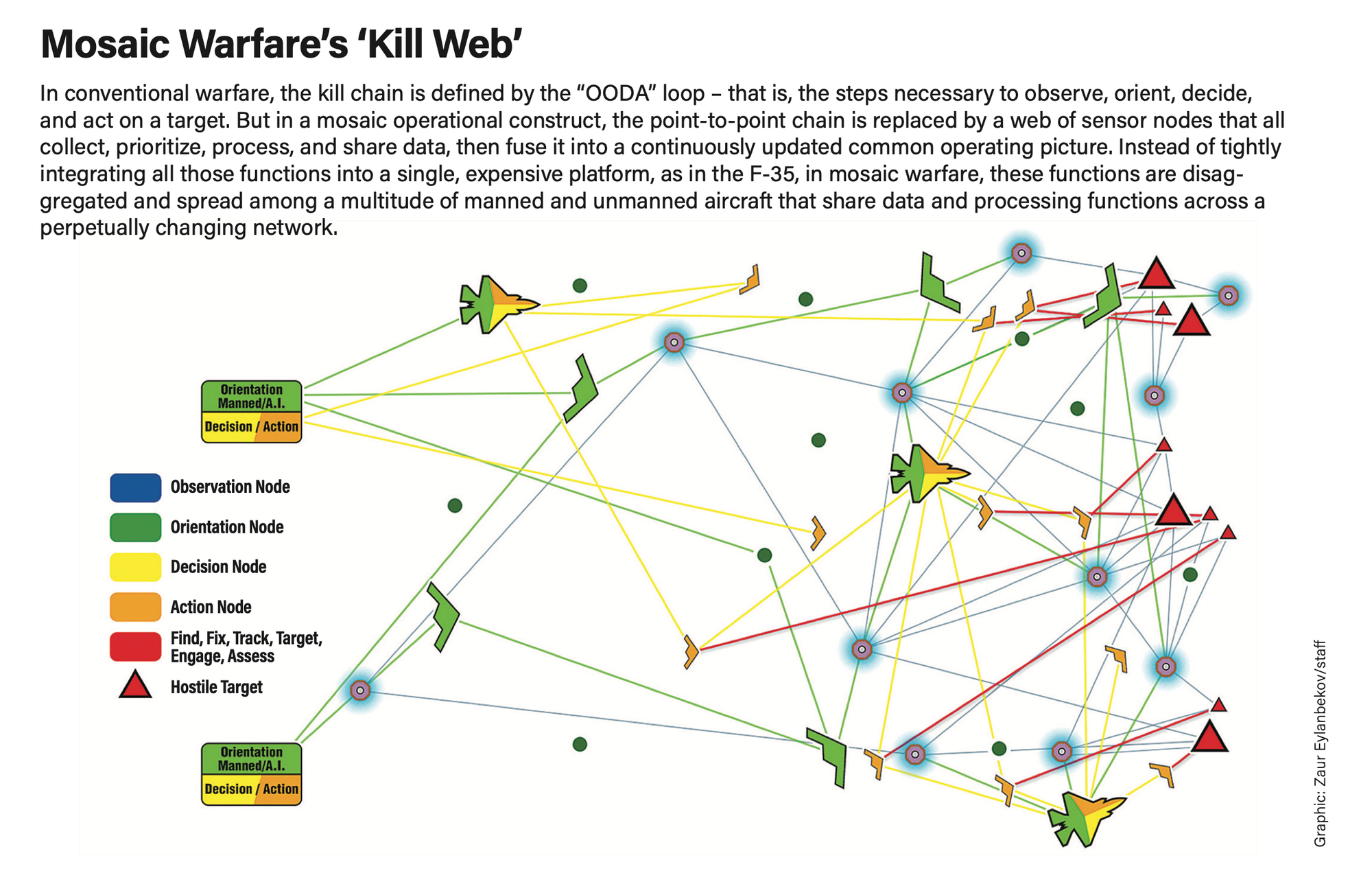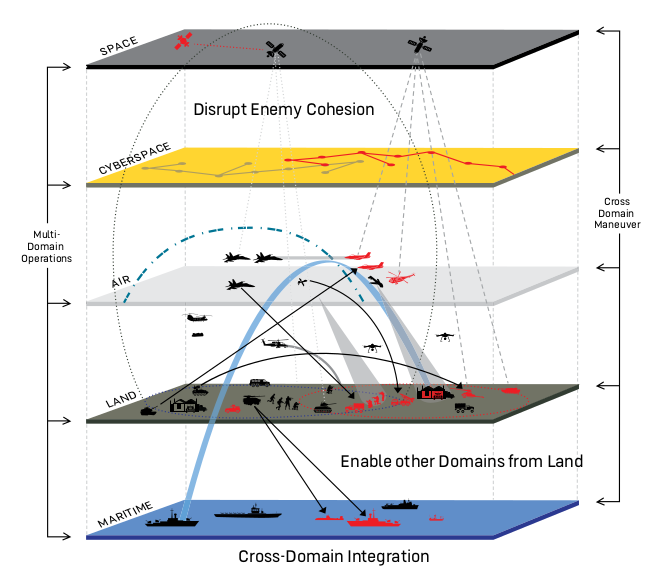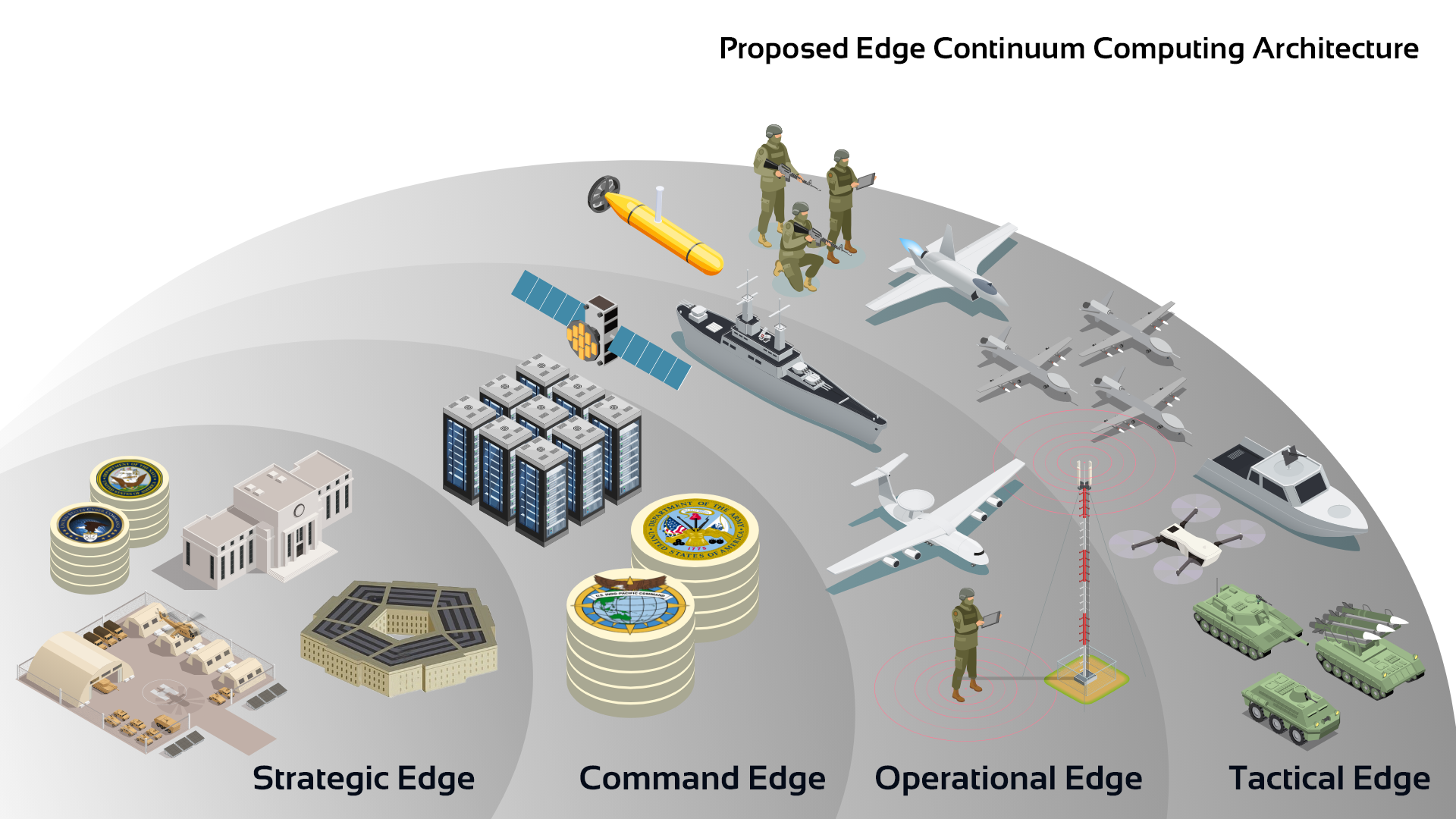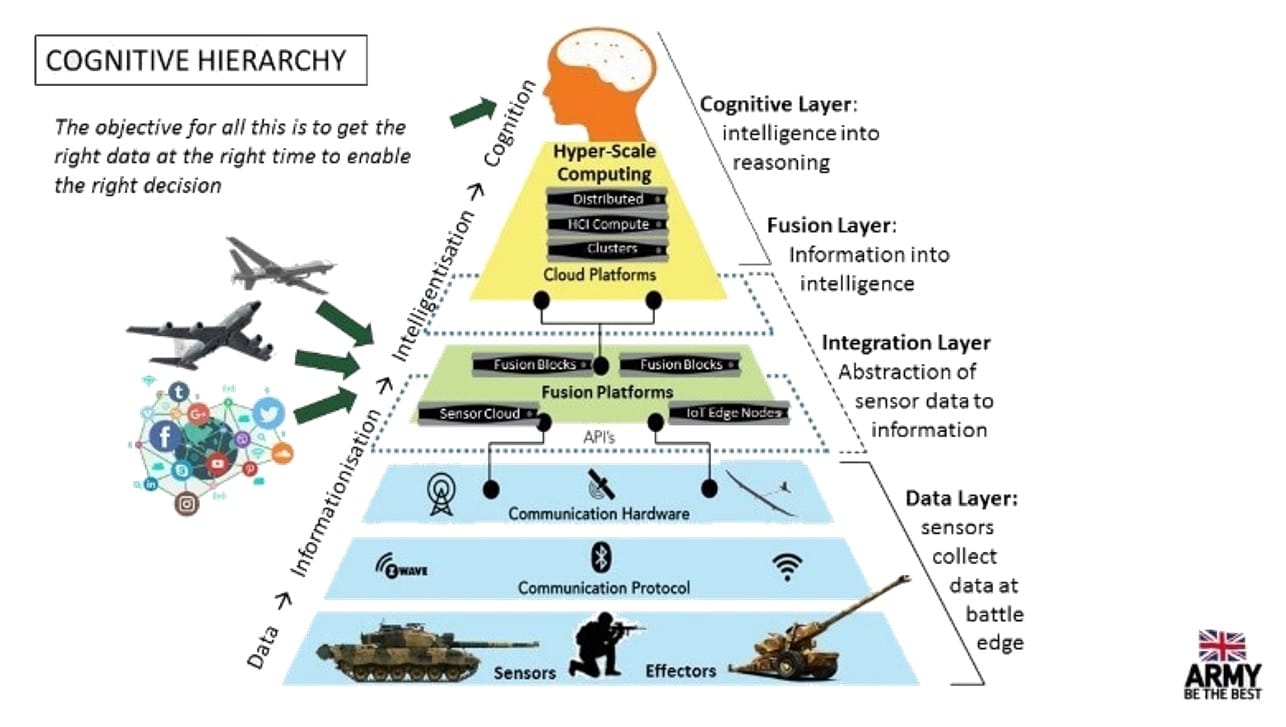The U.S. Department of Defense’s 2023 Military and Security Developments Involving the People’s Republic of China report noted a 2021 “core military concept” in China centered on multi-domain precision warfare. The concept is “intended to leverage a [Command, Control, Communications, Computers, Intelligence, Surveillance and Reconnaissance] network that incorporates advances in big data and artificial intelligence to rapidly identify key vulnerabilities in the U.S. operational system and then combine joint forces across domains to launch precision strikes against those vulnerabilities.”
Sound familiar? It should. It is nearly an exact mirror image of multi-domain operations, the warfighting concept initially developed by the U.S. Army since at least 2015 that has since been copied across NATO. Despite its faddishness, or perhaps because of it, the multi-domain operations concept is now guiding the transformation and modernization of Western armed forces and of their peers. Yet, there are real concerns about whether multi-domain operations will mature into a fully functional warfighting concept or whether it will go by the wayside like effect-based operations in the past.
For nearly a year, we visited some of the main centers for thinking on multi-domain operations. We sat with planners in the Pentagon, officers in the German and Dutch army headquarters, strategists from the Israel Defense Forces, and experts and operators from France, Denmark, and NATO. One of us even worked on the NATO concept once upon a time. We appraised the state of multi-domain operations development with a primary question in mind: Will it actually help to win wars? If so, how?
What we found is that there are few clear answers to these questions. New concepts are often highly optimistic, uncoordinated with other services and allies, and lack any clear theory of success. A warfighting concept is a description in general terms of the application of military art and science within a defined set of parameters. For many contemporary concepts, what has stood out is a mish-mash of ideas, visions, and terms that often have little to do with one another. For some, multi-domain operations is just another step in another revolution in military affairs, with images of missiles and satellites and networks all linked up to destroy an enemy. For others, it is a call for new energy to be put into whole-of-government style integration that can deter everything, everywhere, all of the time.





Far more important is the impact this thinking has on the battlefield. Ukrainian forces in the field have been forced to toss out the maneuver-centric concepts taught to them by their NATO trainers as they have fought to overcome Russian defensive lines. Israeli forces were caught out by a massive surprise attack by Hamas, despite Gaza being perhaps the most heavily surveilled area on the planet, and the war in Gaza has already ground into intense urban combat, contrary to the expectations of the Israeli multi-domain concept. Claims to be able to see all, move quickly, and strike anywhere in order to rapidly resolve a conflict with minimum civilian impact are once again being challenged. Maneuver-centered, multi-domain operations style thinking seems to be making empty promises.
All this means that armed services should be prepared to pivot their efforts from the “thinkers” to the “doers” at training centers and better refine the actual feedback mechanisms between new ideas and the needs and realities of battlefield experience. Concept development should be informed by insights distilled from ongoing wars, as well as from exercises and experimentation within joint forces. It should also seek to articulate theories of success against specific adversaries. Finally, the effective implementation of multi-domain operations depends on the availability of mature technologies, in sufficient numbers, deployed by trained and ready forces.







